Menu
Dumb Stuff We Did with Our Driving Horses
We’ve been lucky…really lucky…or blessed. Looking back on our almost 30 years of horse driving, I can think back to a number of times when we did stuff we shouldn’t have done because we didn’t know any better. Fortunately, most of the situations turned out fine, but now knowing what could have happened, I shake my head again. To continue our series on “We’ve made all the mistakes so you don’t have to”, here is a general compilation of dumb stuff. Ironically, I don’t have any photos of these instances, so I will do my best to explain.
Way back when, we didn’t have much for equipment. We bought a basic metal cart for our big pinto Arabian. The wheel rims were kind of rusty, so I went to the local bicycle shop and got new wheels. We changed out the old wheels for the new wheels to go to a local show. They looked great, all shiny and clean. But we found as we went down the rail at the show, they felt like they were flexing side-to-side. We kept an eye on them throughout the day, but eventually one of the much more experienced drivers told us that it was a bad idea to use those wheels. Bicycle wheels are not designed to take the side-to-side pressure of a horse cart. We never used those wheels again, and eventually got a well-made wood Meadowbrook with which we trained and competed for several years.
I remember being at a state 4-H driving clinic with my much younger sister. I was already out of 4-H and married, and we had been driving for a few years. The clinic had taken a lunch break, and so my sister, her mini, and I went back to the trailer. I told my sister that the break won’t be long, so just tie the mini up to the trailer, leave his cart attached, and take off the bridle so he can eat while we eat. I cringe just even typing that. Thankfully, the horse was so well broke, he didn’t think anything of it. However, when I think of the horses we have driven since, and the HUGE rule of never take the bridle off a hitched horse, I shudder. That could have been a major disaster if that horse decided that cart was scary! And you never tie a hitched horse.
Fast forward a few years, we were at a local trail with some friends and some horses. After we were done driving, my husband drove our Welsh pony up to the trailer, tied her up, and proceeded to pull the bridle. He was flapping his jaws and wasn’t paying attention. (If you know my husband, you know he LOVES to talk!) I don’t yell or get angry very much, but I just about lost it. I didn’t know if we should put the bridle back on or get the vehicle off asap. The mare just stood there with a “Well...this is different” look on her face. I think we decided to unhitch quietly and quickly, and the mare was fine. We, however, made a rule from then on that you hitch and unhitch in the open, and you only go up to the trailer without the vehicle attached. This has saved a lot of potential disasters. For more on this concept, see our Educational Editorial, “Why We Put To in the Open.”
We have built a number of carriages. One specific cart we built as a mini cart but had gotten bigger wheels and shafts to use with a small pony. Unfortunately, we had changed the shafts and wheels back to be a mini cart to go to a clinic but forgot to change out the footman loops as well. When we arrived at the clinic and went to put to, we realized our mistake. We knew we couldn’t drive without holdback straps or even just wrap them around the shafts, as they would slide and the vehicle would smack the horse in the butt. So we ended up electrical taping the holdbacks to the cart shafts. This “worked” other than when we went to take the horse out of the cart, the finish on the cart came off with the tape. What we decided to do wasn’t the safest idea, either, but we were three hours from home.
This last situation I referenced a little bit in another post. We were working with a green horse one winter. I thought I had her going quite well. She had been hitched a few times, had three good trots, a good walk, and a good halt, and hadn’t given us any inkling of problems. We decided that maybe she was ready to do something a little different than just drive round and round the arena. We had line drove her with some obstacles prior to hitching her, but when my husband started to set up some obstacles while I was driving her and I asked her to trot, she lost her mind. She took off and ran and ran and ran around and around in our small indoor arena. My goal was to just keep the turnout upright and get her to stop. Unfortunately, my winter chore gloves I was using had virtually no grip. I couldn’t release what grip I had at all to adjust my reins to get her to stop. I just had to basically “hang on”. Eventually, she tripped, and it was just enough of a break that I could release my grip to “grab more leather”, and my husband was able to get to her head. We don’t know what caused her to take off, but our guess is that she really was just tolerating being a driving horse, and the conglomeration of setting up obstacles and asking for the trot finally was the trigger that she just couldn’t take anymore. We learned a couple of things that day. #1 – Obviously wear grippy gloves. #2 – “Push” the horse enough in the earlier training process that you know how the horse handles stress even before you put it to. If the horse has not had any reactions to anything you are doing, you haven’t pushed them enough. It is better to know how they handle stress before you are in the cart than after…and some horses will not drive. She was eventually sold as a riding horse.
Thankfully, we have not had a major accident with the mistakes we have made over the years, knock on wood. Hopefully, our mistakes can be your learning opportunities. Again, “We’ve made all the mistakes so you don’t have to.”
- Choosing a selection results in a full page refresh.

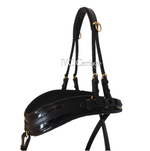
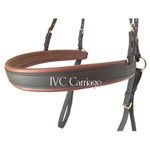
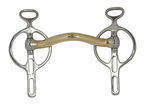
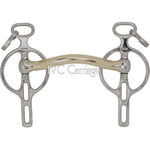
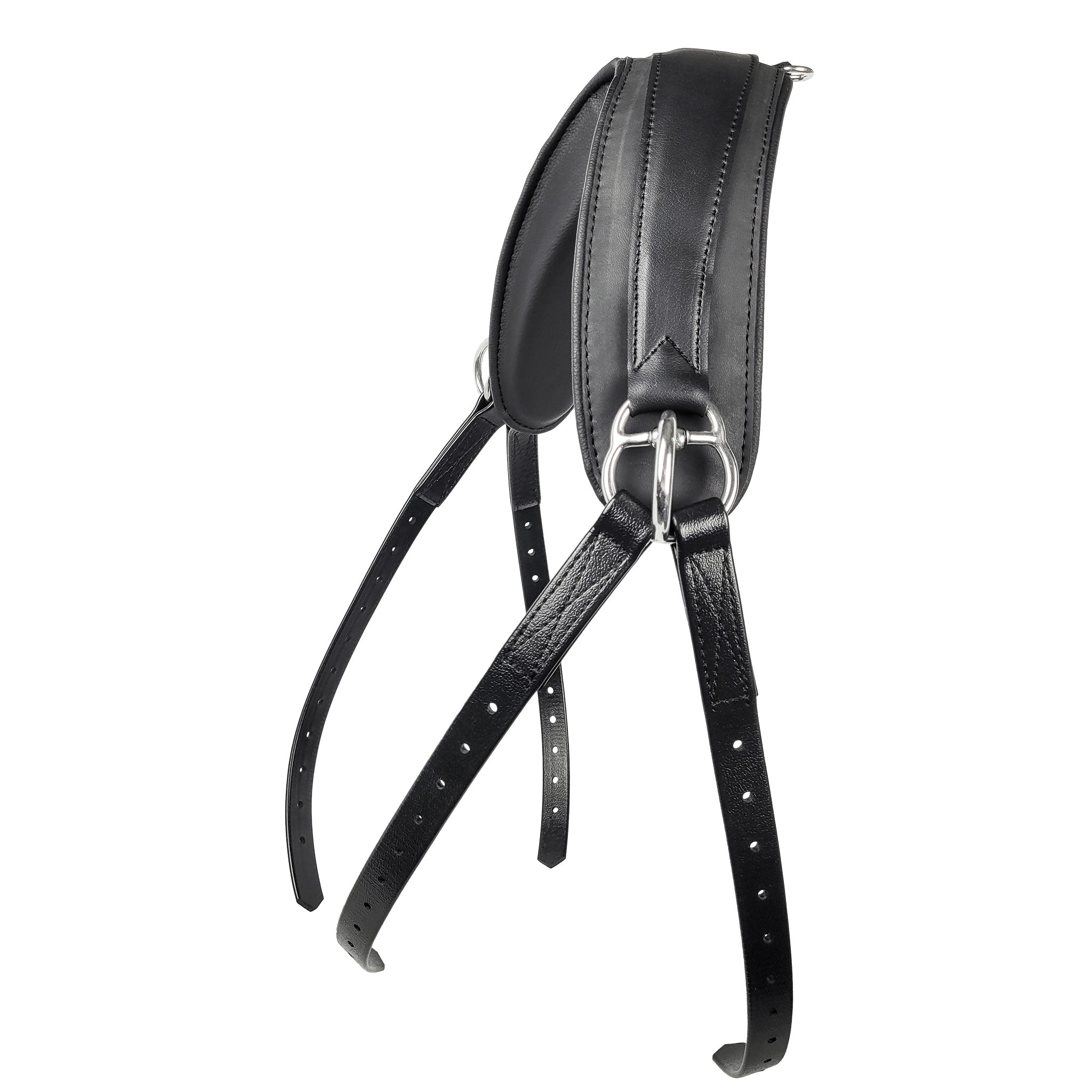
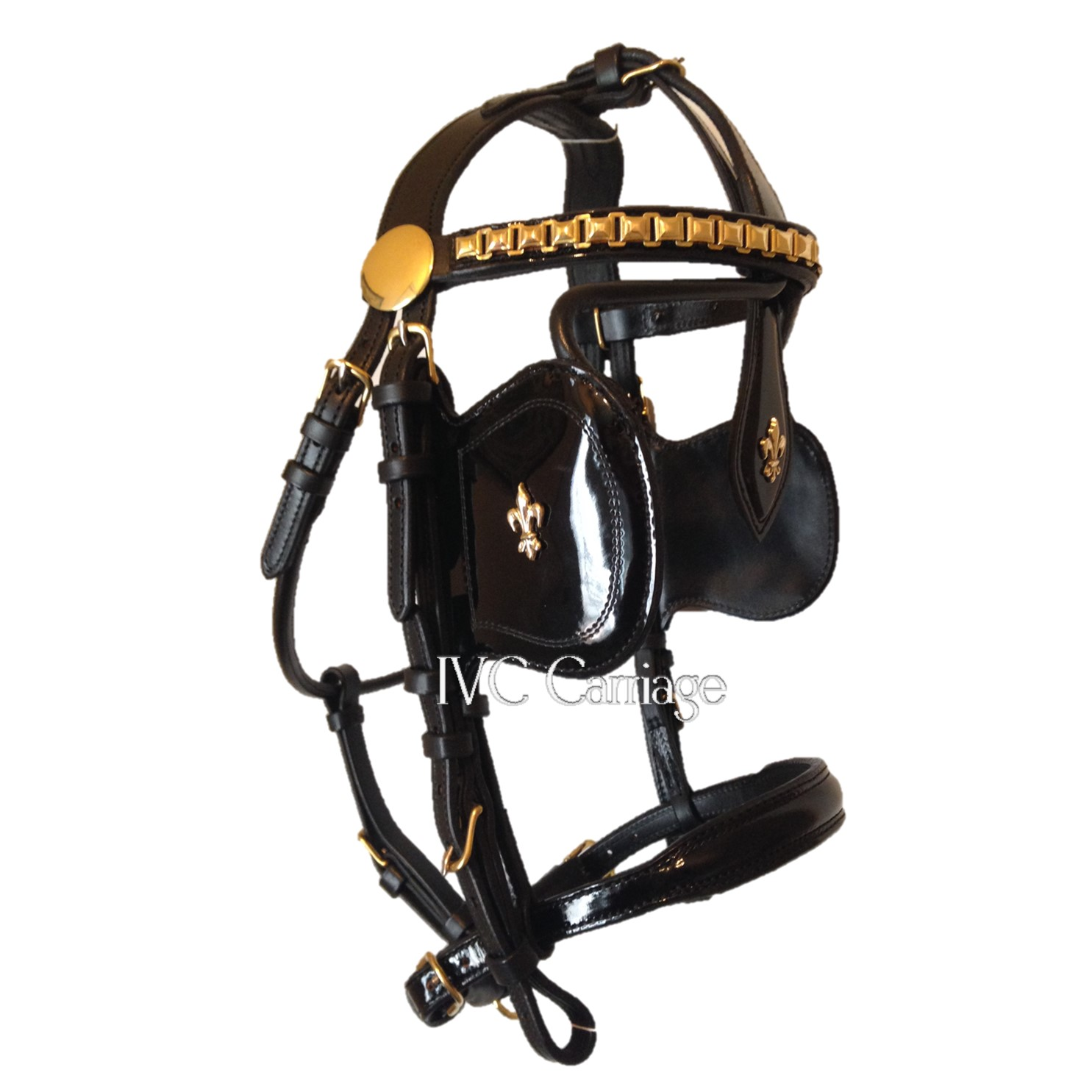
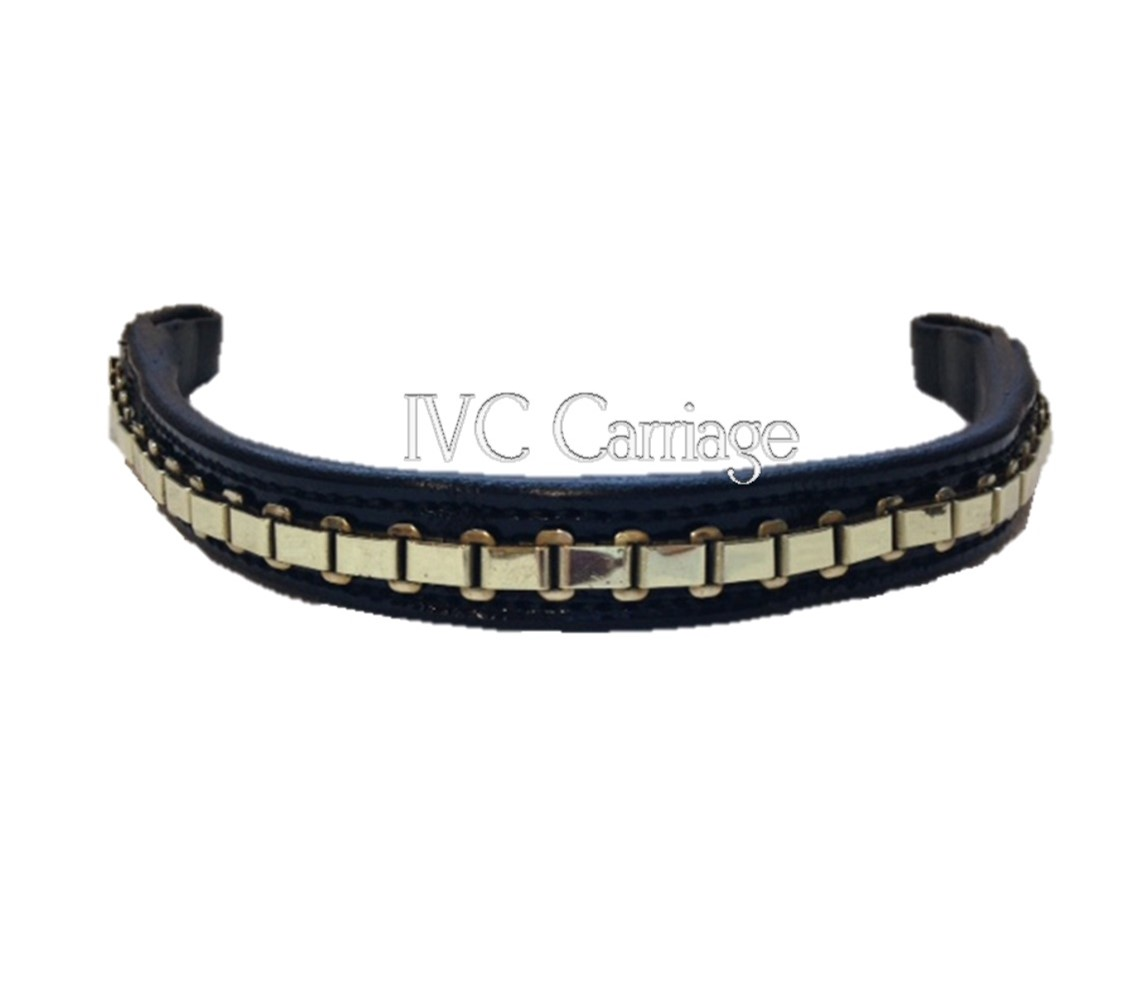
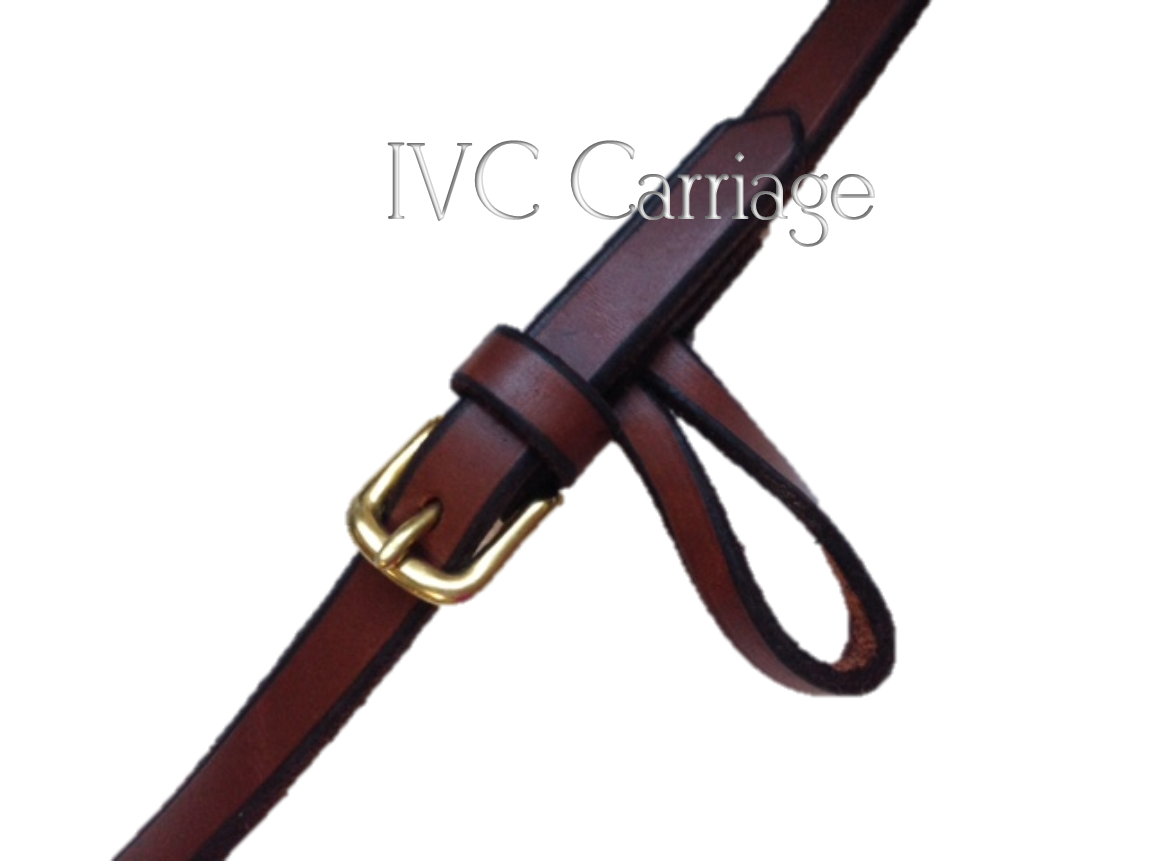
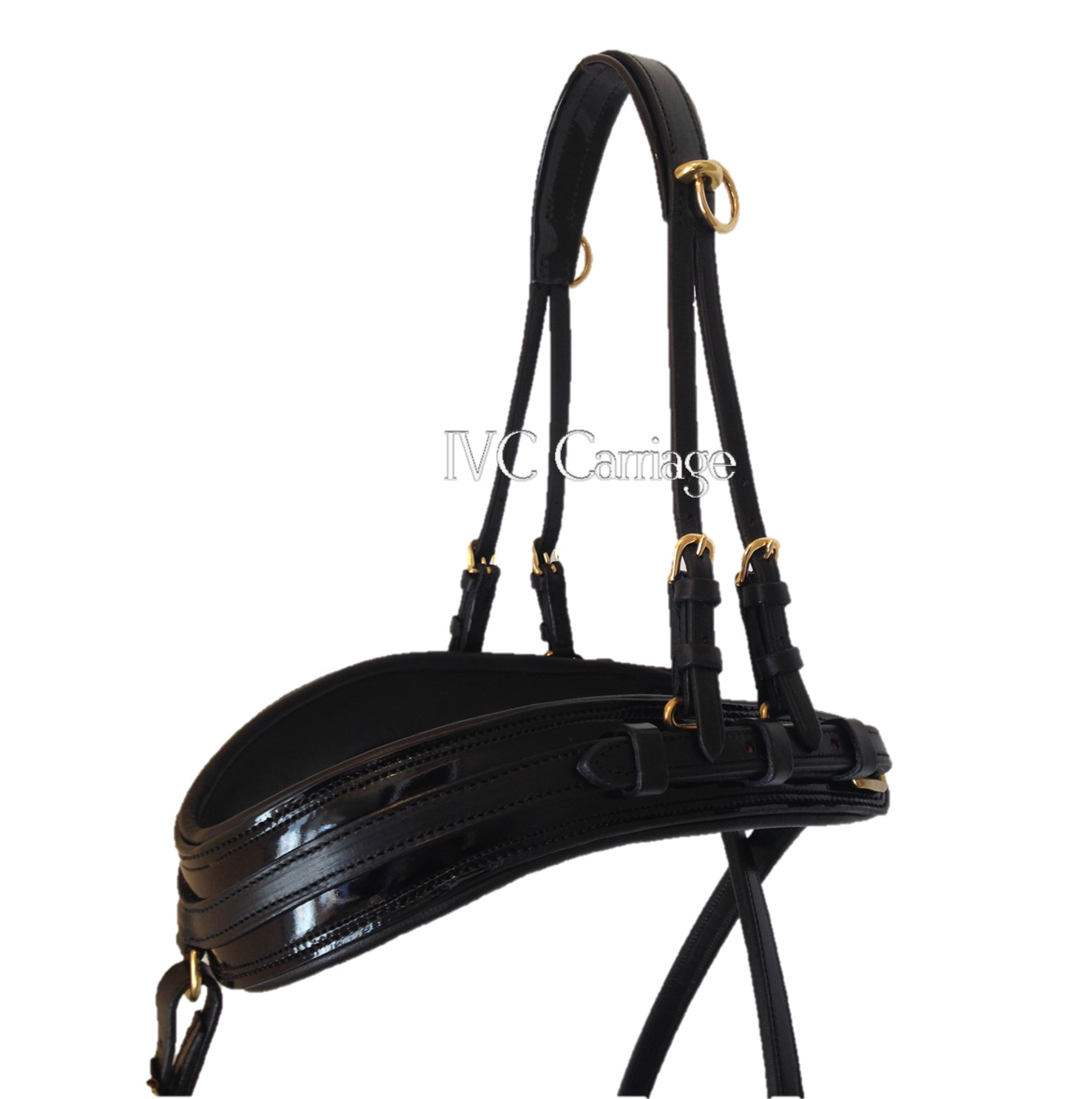
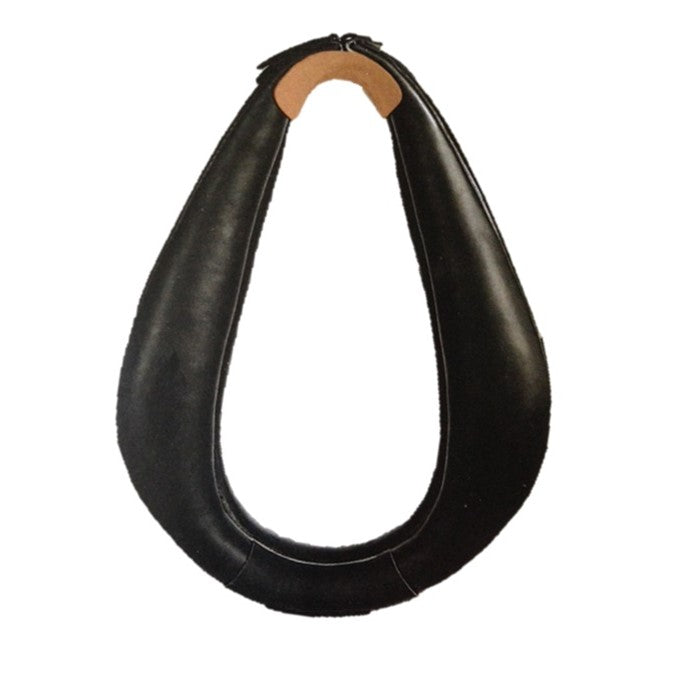
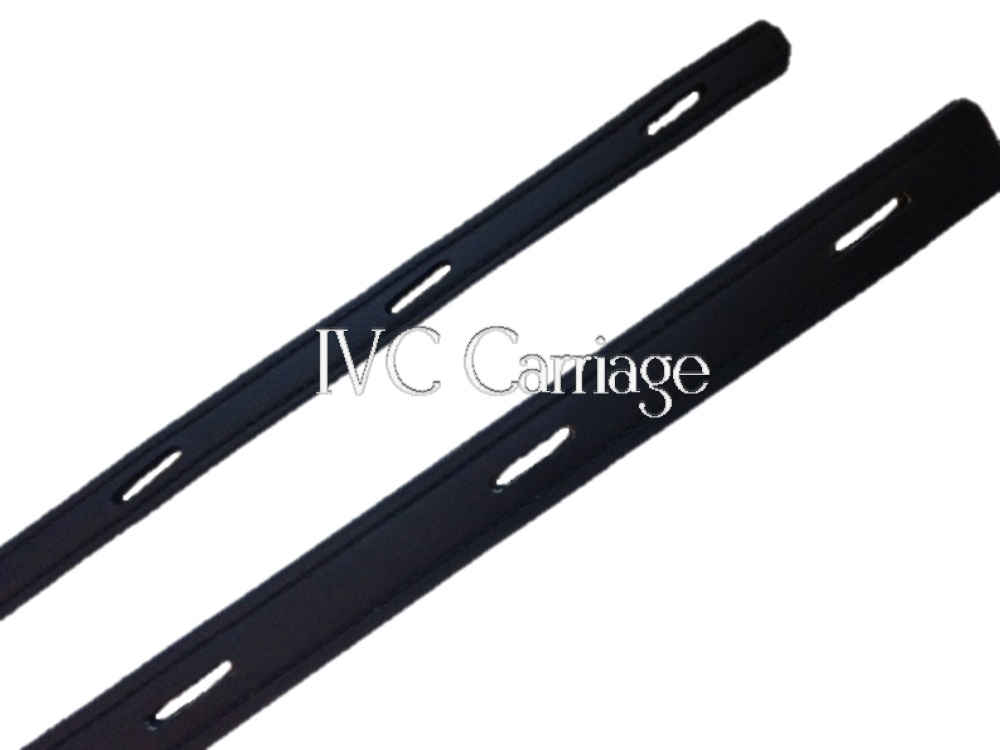
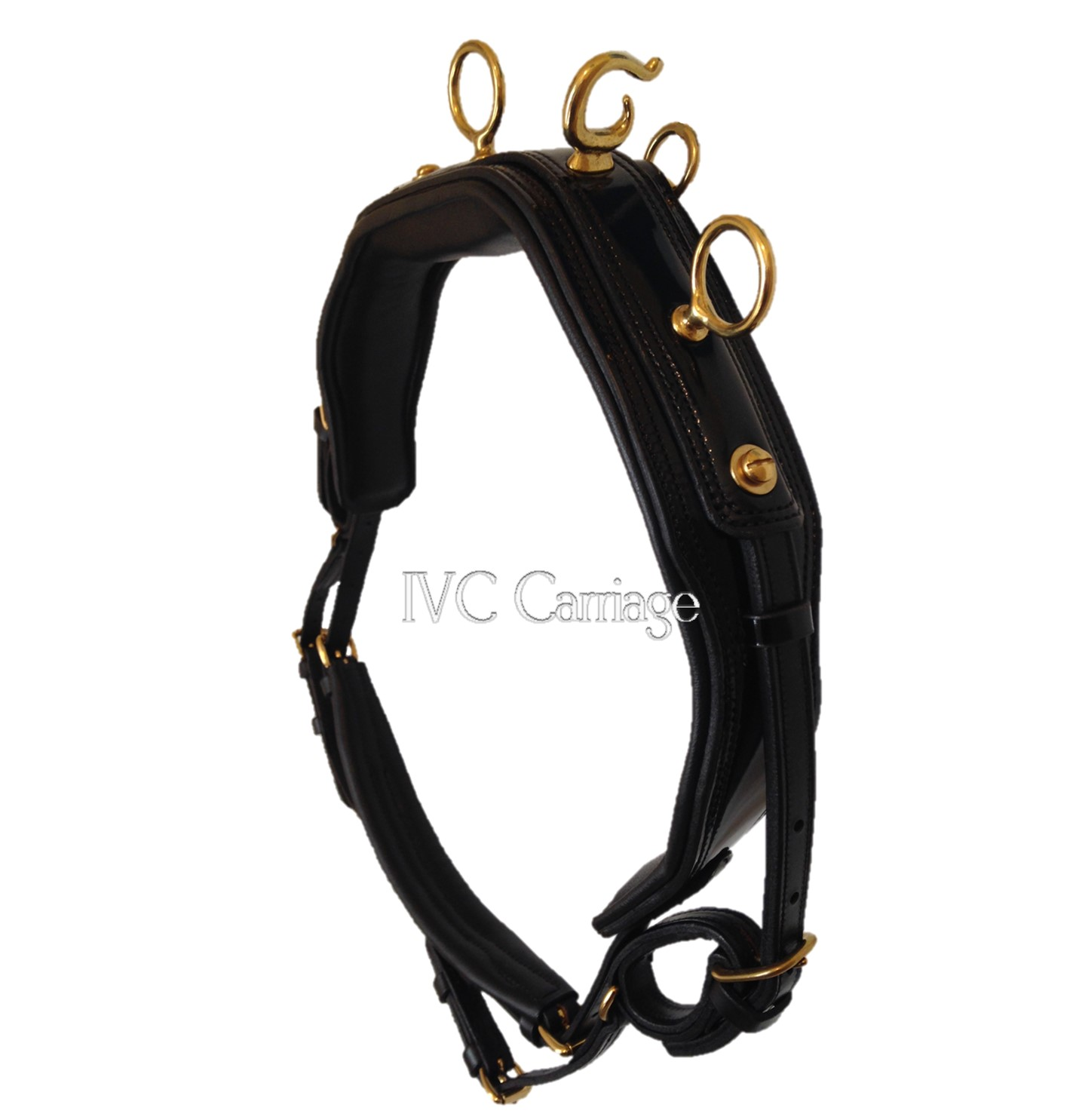
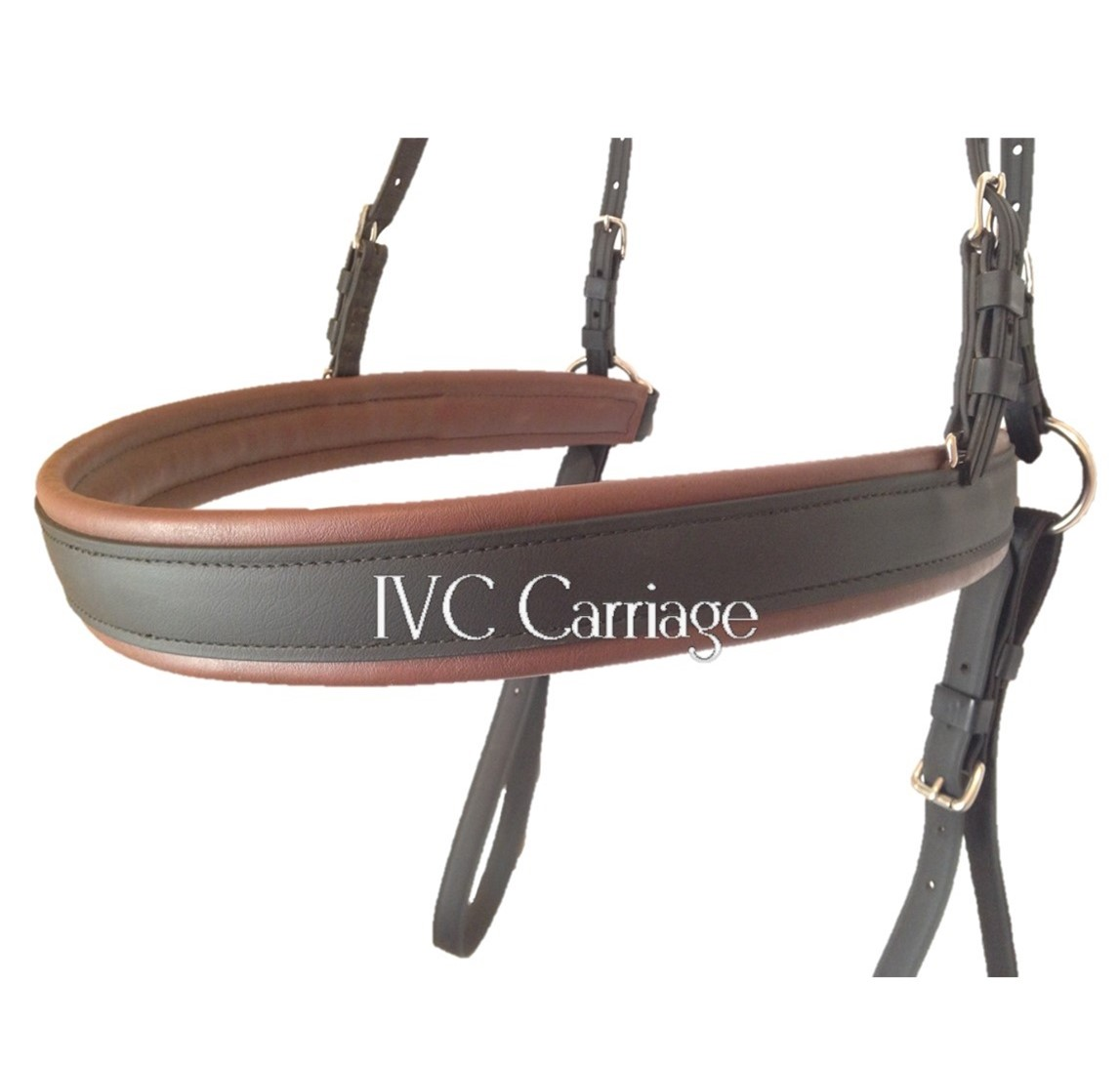
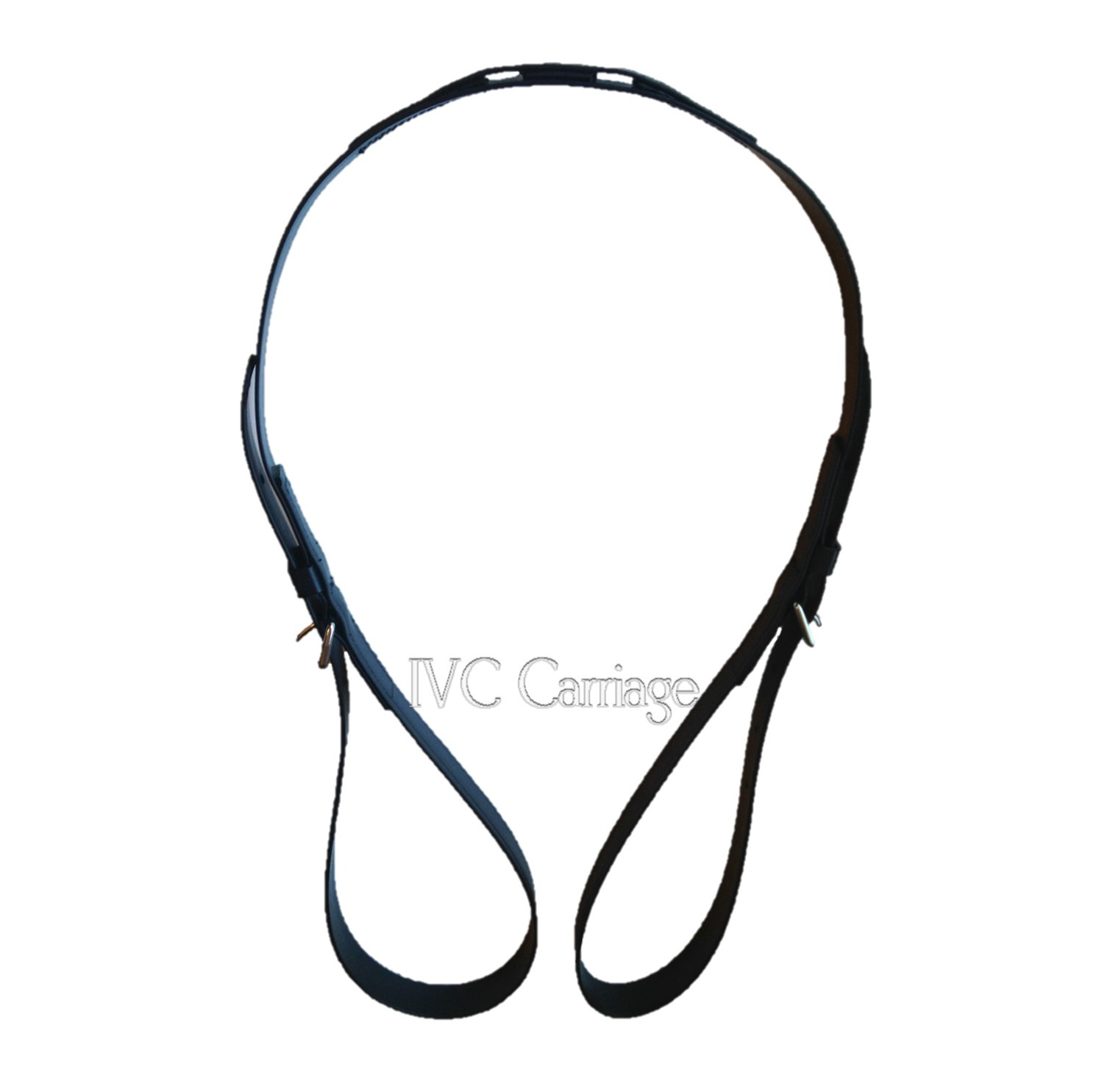
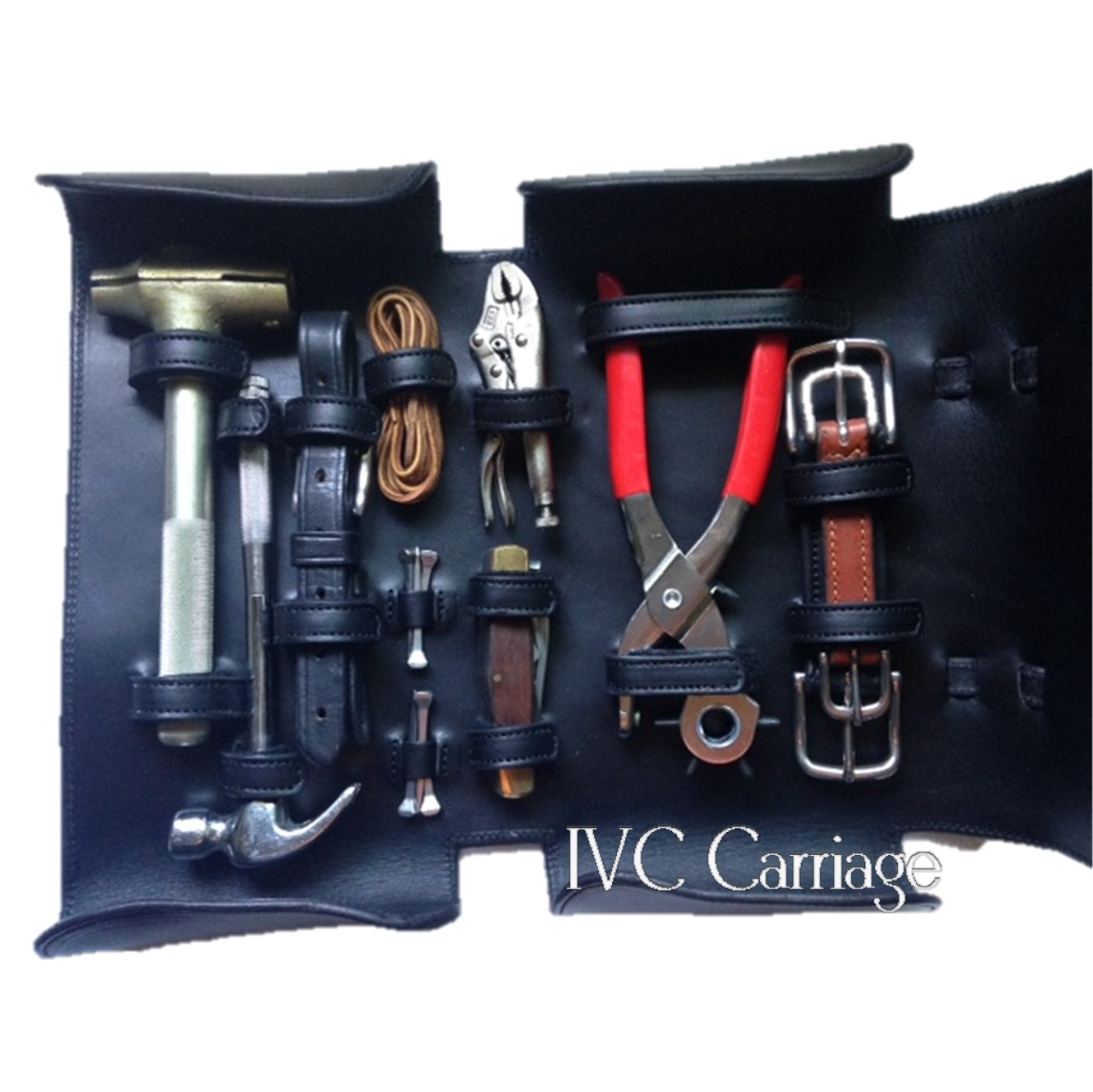

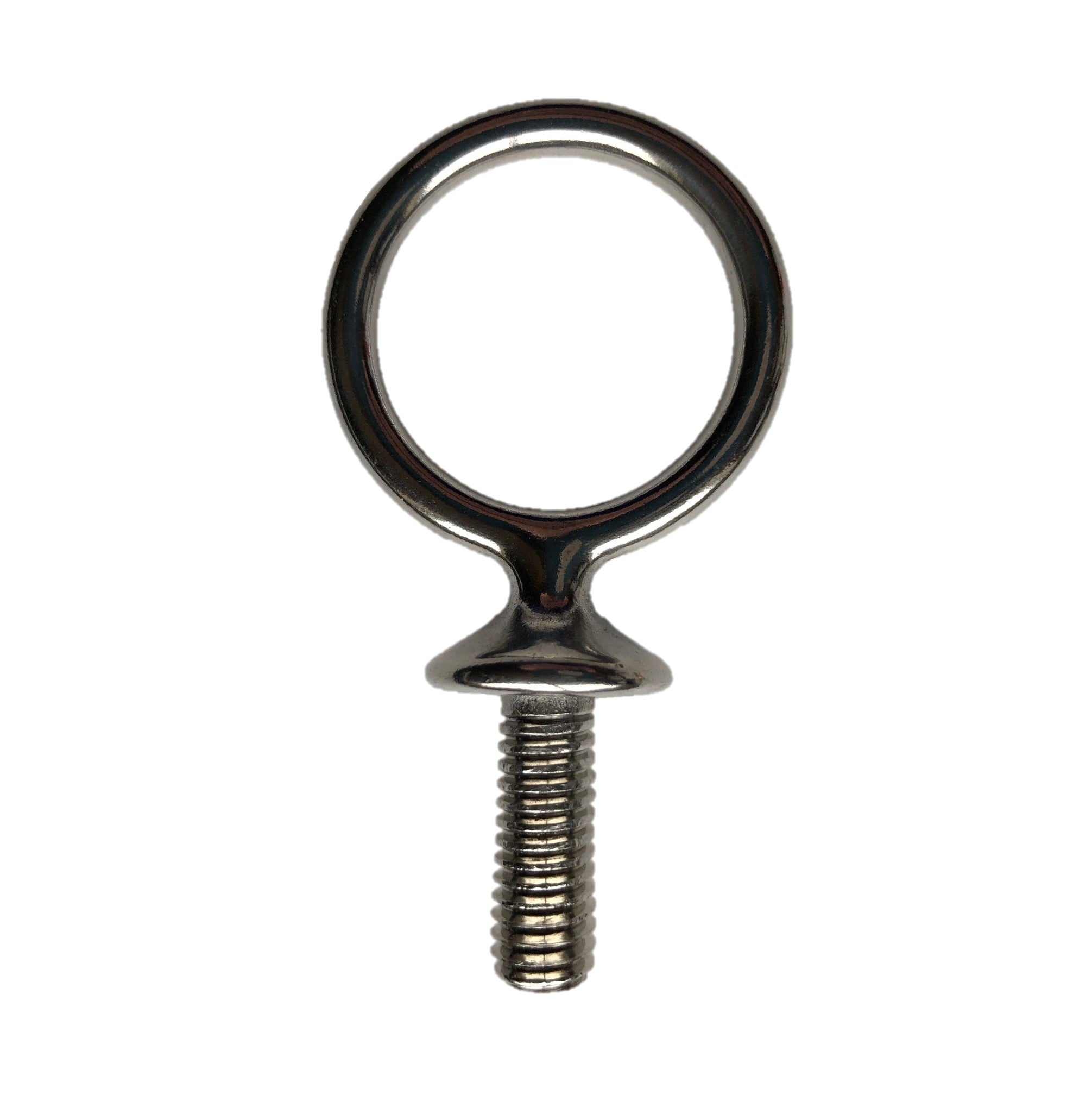
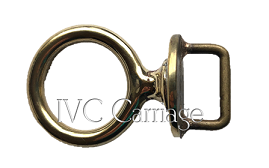
2 comments
Erin Howard
THANK YOU so much for these articles!!! I am just starting to show and finding information on turnouts has been difficult- to say the least-and the faux pas!!! Sooo helpful!
Cathleen A. Springer
Thank you for reminding us of the profound importance of keeping that bridle on until you are away from the vehicle. I’m still learning and I’m grateful for your help.